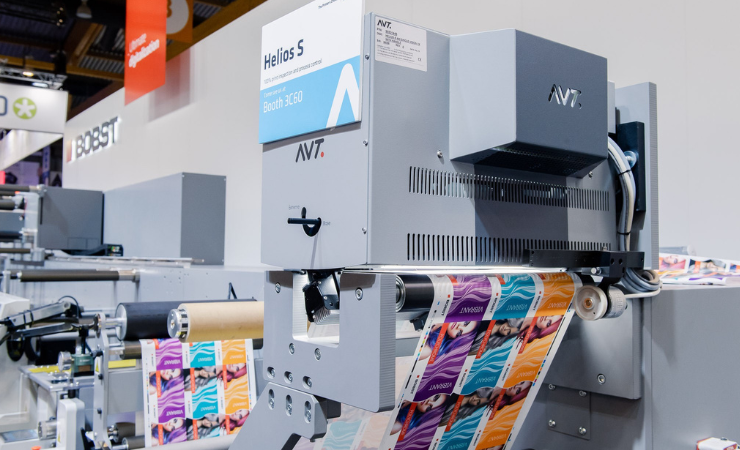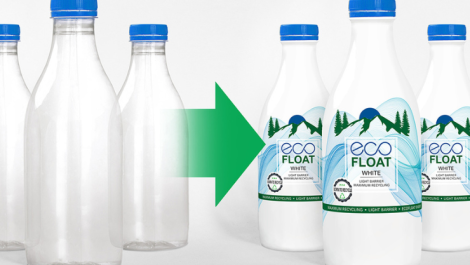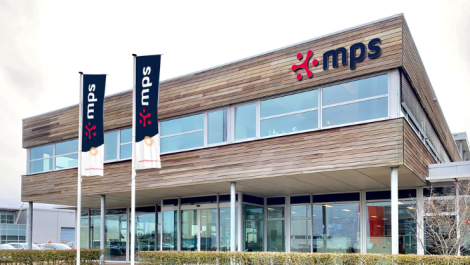Esko has launched a new print inspection module, AVT Varnish Inspection, that can inspect and detect defects in varnish coatings during a live label print run.
The Varnish Inspection module for the AVT Helios 100% inspection system enables label converters to ‘see the unseen’, according to Esko, achieving maximum output while reducing waste in their print production process. Compatible with all AVT Helios R, B, S, Turbo+, Turbo HD and Turbo HD+ systems, the solution requires no UV additives to the varnish. The company states that the module delivers unmatched accuracy, ensuring varnish coating defects such as misregister, partial and full varnish starvation are detected immediately once the run starts, with a single inspection system that offers broad compatibility.
Jan De Roeck, director of marketing of Industry Relations & Strategy at Esko said ensuring accuracy on the print run helps ‘drive efficiency, increasing productivity while reducing waste’. He explained that the new Varnish Inspection module addresses the previous ‘time-consuming – and therefore costly – process’ of inspecting a varnish coat with the human eye or conventional system. Now, he said, operators can ‘inspect without slowing or stopping a narrow web run’.
A process which traditionally interrupted production, varnish inspection on labels for design and protection required stopping the press, picking a label, and conducting a manual inspection using a light box. The process could also require the adding of UV additives to the varnish, with viewers then using a special UV light source, further prolonging the interrupted production. In response, the Esko AVT team developed a Varnish Inspection Module that optimises ‘accuracy, safety and convenience,’ explained Mr De Roeck.
He added, ‘With this new innovation, one system does it all – print inspection, varnish inspection, barcode verification, variable data, colour and any other process and quality needs. Moreover, this is all done in parallel and at the highest production speeds with no compromise.
‘The AVT Varnish Inspection module offers broad compatibility, working seamlessly with countless types of varnish coatings. Whether it is matt, glossy, or tactile, the technology delivers amazing viewing and inspection results.’
The Varnish Inspection module includes a new, patented optical module, which adds to the existing inspection system optic head, as well as software including patented algorithms, developed to support clear coating inspection, its claimed. A new Varnish PDF separation viewer identifies the varnish layers.
Adding an ‘extra layer of precision to any current inspection system’, continued Mr De Roeck, means the module can identify ‘ordinarily invisible errors’ which, in turn, avoids costly varnish starvation issues removing ‘time-consuming misregistration’.
He further stated, ‘It delivers users significant benefits in terms of run speeds, overall quality of the final product label, and in waste reduction – benefits magnified by the varnish being inspected as part of the standard print inspection workflow, and not as a time-consuming additional workflow step.’
Mr De Roeck described the functionality and interface as ‘incredibly easy’, delivering on the company’s commitment to ‘accelerate the go-to-market for packaged goods’. The system, he goes on to say, delivers ‘savings on the cost of materials and energy for reruns’, possible due to the reduced operating time spent inspecting and resetting. Enhancing final print quality with improved surface coverage delivers a higher quality product, which means increased customer satisfaction, he concluded.






